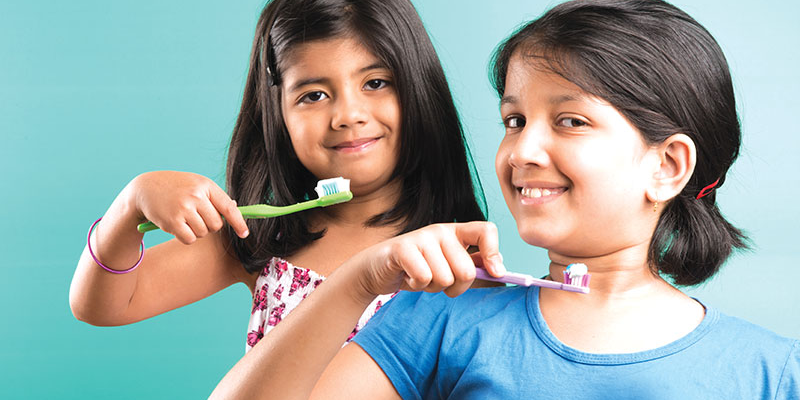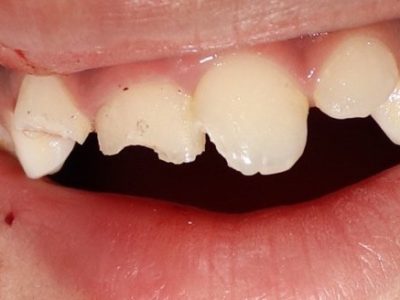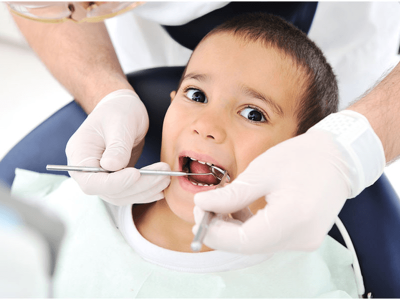Part 1 of inclusive dentistry series.
In this part we will discuss making the dental clinics more accessible for children with special health care needs, who usually visit clinics on wheelchairs. The next part will elaborate on how we can make the dental experience a pleasant one for children with sensory processing disorders.

“I wouldn’t change you for the world, I will change the world for you”. That’s what we must tell all children with special health care needs!
Its a journey – one step at a time, one blog, one talk and that one small change that we can do in our practice that will make it a little easy for a parent of a child with special health care needs .
Inclusive dentistry – the need of the hour
Every child needs routine dental care, but children with special needs have a higher risk of gum disease, oral trauma, and tooth decay. According to the American Academy of Pediatric Dentistry, special health care needs includes any type of emotional, sensory, physical, behavioral, mental, cognitive, or developmental limiting condition or impairment that requires specialized services, medical management, and/or healthcare intervention. Whether the child has a condition that is developmental, congenital, or a result of a disease, great dental care is crucial to a child’s overall health.
It is a known fact that children with special health care needs (CSHN) have higher dental problems. Doubled with inadequate awareness and limited accessibility they receive incomplete dental care. We need to increase the awareness by conducting camps, talks and webinars for parents/ parents groups and simultaneously make sure that we as dentists are able to provide dental care, therapeutic as well as preventive for CSHN.
Making dental clinics accessible to special children
As a private practitioner or pediatric dentist, it becomes important that we are aware of the requirements for making our clinics accessible for our CSHN. This also aims at giving us a simple visualization of how things change when the patient is on a wheelchair and how empathy and a little consideration will help us and help them .
For making a set up more accessible to a wheelchair, it becomes important to understand the dimensions of the wheel chair and the space it requires to manoeuvre it. (Fig 1) and (Fig 2).


A typical wheel chair dimensions is as follows:
- length of 42 inches,
- height of 36 inches
- width of 25 in to 35 inches
- and seat height is usually around 19.5 inches
Hence everything from pavement to ramp, doors and the walkway all should have a width of 25 to 35 inches. Wheverever possible, width can be 47.2 inches, as that would allow a caregiver to walk beside the patient. .
In situations where a ramp is present , the angulation should be 4.7° with the ratio of 1:12.(Fig 3).

Fig 4 and Fig 5 will give an idea on the design suggestions mentioned .


In places that require turning of the wheelchair, a radius 60” radius is required .(Fig 6)

Considerations outside the dental clinic
- Parking space – It is better to have a larger parking space that is 153.5 inches x 212.5 inches which provides space for wheelchair movement.
- Elevators – If the clinic is at a higher floor, its better to have a lift with the minimum dimension of 48 into 48 inches. A lift accommodating maximum of 13 people would be ideal. Just adding a simple handrails at 30 into 35 inches makes it more accessible friendly. (Fig 7)

Considerations inside the dental clinic
- Doors – Sliding doors are always better and easy to open and shouldn’t be too heavy.
- Flooring – In waiting rooms it is better to avoid complex designs and the floor should be levelled. Carpets should be securely fixed and have firm cushion pad.
- Indoor ramps – If there is greater floor height, a ramp needs to be placed. For a shorter height, we can also use ready to use and foldable ramps that easily available.
Conclusion
The first step would be to evaluate our present set up, see the possibility of alterations or modifications and slowly try to incorporate as and when possible. But if we are in a stage of designing the set up , these are very relevant point to keep in mind .
So as of now let’s start with a dream of making dental care more accessible and our world more inclusive, and slowly it will fall in to place, if we all work towards a greater common goal.
Author – Dr Premila Naidu




















Comments